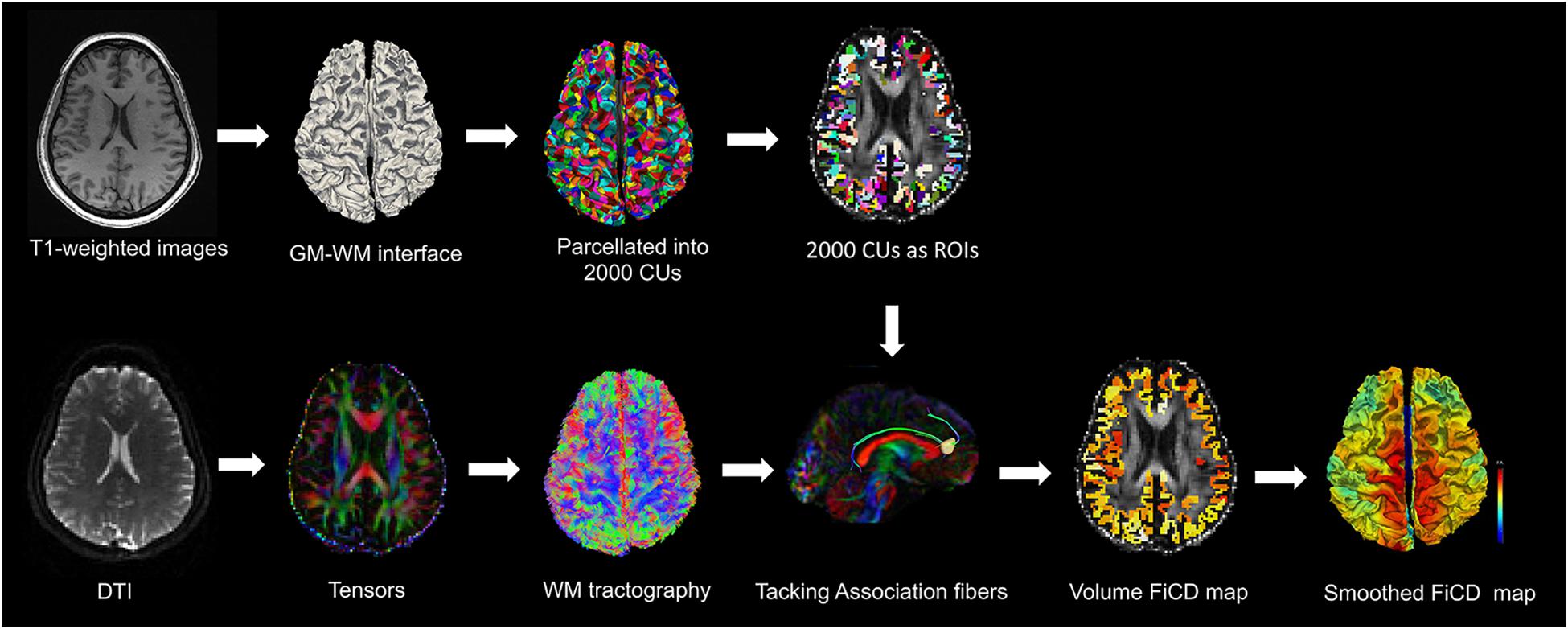

Cortical damage and white matter disconnection can trigger USN (Lunven et al., 2015 Lunven & Bartolomeo, 2017). Corbetta showed that USN was caused by VAN dysfunction (Shulman et al., 2010 Corbetta & Shulman, 2011). ( 2006) identified a bilateral dorsal attention network (DAN) and a right‐lateralised ventral attention network (VAN) by R‐MRI. Attentional networks were, therefore, first studied by resting‐state MRI. The exploration of attentional networks by functional activation MRI is challenging in the absence of a reliable activation paradigm suitable for use with the short acquisition processes of MRI. The correlation structure of these networks reflects the neuroanatomical substrate of task‐induced activity through a data‐driven method not requiring prior knowledge (Fox et al., 2005 Mitchell et al., 2013). The working hypothesis is that brain areas displaying a spontaneous synchronisation of low‐frequency fMRI oscillations over time belong to the same functional network. By contrast, resting‐state MRI (R‐MRI) is a complementary MRI technique that can be used to explore the spontaneous synchronisation of brain areas in the absence of an activation task (Biswal et al., 1995 Damoiseaux et al., 2006 Smith et al., 2009). This syndrome has been attributed to a disruption of the function of spatial attention distribution, preventing a conscious perception of contralateral events and interaction with them (Heilman & Van Den Abell, 1980 Mesulam, 1990 Vuilleumier et al., 2002).įunctional task‐based MRI explores cognitive function through activation paradigms involving the stimulation of specific cognitive processes. The prognosis of USN is poor in terms of recovery for routine activities, and rehabilitation is very difficult due to associated anosognosia (Jehkonen et al., 2000).

It has diverse aetiologies, from neurological causes (stroke, infection) to pre‐ and post‐neurosurgery deficits. Unilateral spatial neglect (USN) is a tragic consequence of lesions in this hemisphere, corresponding to a lack of detection of stimuli contralateral to the lesion and thus to a lack of response to such stimuli (Vallar & Perani, 1986 Mesulam, 1999), whereas basic sensory and motor functions remain intact (Lemée et al., 2018). The non‐dominant hemisphere (the right hemisphere in right‐handed individuals) plays an important role in spatial consciousness, emotion and other cognitive processes. We reconstructed the structural connectivity of the VAN and considered it in the context if the pathophysiology of unilateral neglect and right hemisphere awake brain surgery. The AF connects the middle and inferior temporal gyrus and the middle and inferior frontal gyrus. The SLF III connects the supramarginal gyrus to the ventral portion of the precentral gyrus and the pars opercularis. The endpoints of the superior longitudinal fasciculus in its third portion (SLF III) and the arcuate fasciculus (AF) overlap with the VAN endpoints. The VAN includes the temporoparietal junction and the ventral frontal cortex. We used three approaches to study the structural anatomy of the VAN: (a) independent component analysis on RfMRI (50 subjects), defining the endpoints of the VAN, (b) tractography in the same 50 healthy volunteers, with regions of interest defined by the MNI coordinates of cortical areas involved in the VAN used in a seed‐based approach and (c) dissection, by Klingler’s method, of 20 right hemispheres, for ex vivo studies of the fibre tracts connecting VAN endpoints. We investigated the white matter tract connecting the VAN. Its parietal, frontal and temporal endpoints are thought to be structurally supported by undefined white matter tracts. The VAN has been implicated in visuospatial cognition and, thus, potentially in the unilateral spatial neglect associated with right hemisphere lesions. Resting‐state functional MRI (RfMRI) analyses have identified two anatomically separable fronto‐parietal attention networks in the human brain: a bilateral dorsal attention network and a right‐lateralised ventral attention network (VAN).


 0 kommentar(er)
0 kommentar(er)
